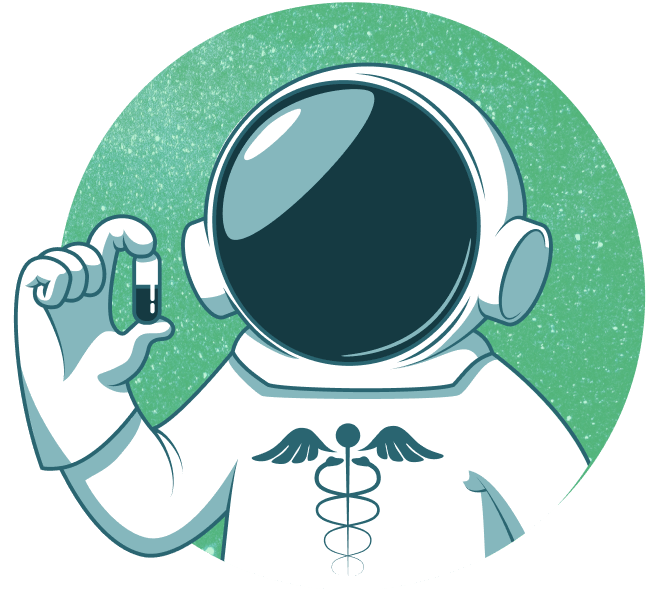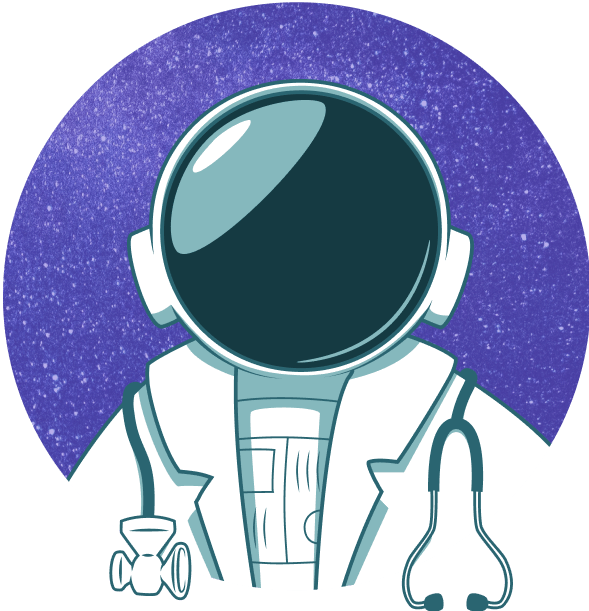New to single-cell? We are here to get you started smoothly on your first single-steps.
Single-cell can unveil new critical biological information that is not to be missed on. Enhance your study and use single-cell to:
New to single-cell? We are here to get you started smoothly on your first single-steps.
Single-cell can unveil new critical biological information that is not to be missed on. Enhance your study and use single-cell to:
Uncover tissue heterogeneity
Obtain an accurate representation of your cell populations and identify new cell subtypes in healthy tissues
Describe new pathways
Characterize gene regulatory networks and cell-cell interactions contributing to tissue-specific mechanisms and functions
Understand diseases better
Identify the regulation of inflammation, measure the abnormal representation of cell subtypes and profile infiltrating cells
Identify therapeutic targets
Pinpoint promising signaling pathways and cell transition states for the development of new treatments
Improve diagnostics
Identify cell gene signatures and biomarkers for resistance to existing therapies for custom care
Validate 3D culture models
Obtain accurate reproduction of cell populations compared to a real sample and verify the similarity of transcriptomic profiles

Is single-cell for me?
If your samples possibly contains cellular diversity and you already have experience with molecular biology, or if you already work with bulk RNA-seq, then single-cell is waiting for you!
You will only need:
- Samples with at least 10,000 cells, preferably fresh for authentic biological representation,
- A tissue dissociation protocol to obtain whole cells
- Access to a sequencing platform
Take a look at the key steps below!



Dissociate your biopsy or cell culture sample into a highly viable single-cell suspension.
1

Using a single-cell sample preparation method, like Asteria, to isolate and barcode the transcriptome of your individual cells.
2

Perform standard reverse-transcription on the captured mRNA and PCR amplification to generate high amounts of barcoded cDNA.
3

Create your Illumina librairies and sequence your barcoded cDNA at your local core platform to obtain FASTQ files.
4

Analyze your FASTQ files with the Cytonaut software to generate differential gene expression analysis, to sort your cell populations in clusters, and more.

Explore your transcriptomic data, and use your Cytonaut publication-ready figures to share your new biological discoveries!



Still hesitating?
Our aim is two-fold:
- provide a technology to ensure the original, authentic transcriptome is captured – no cell fixation, no freezing, no vortexing like other kits!
- make single-cell accessible, with a hassle-free setup for every labWith a straightforward benchtop kit for sample preparation and an intuitive analysis software, it has never been so easy to extract and explore critical single-cell data!

A risk-free trial kit is waiting for you
To help you get started, we have a special offer on your first Asteria kit, including access to the Cytonaut software. Also, as you succeed with your first single-cell project, you would be gifted a custom T-shirt with your own data on it!
In the meantime, we also have put together a “think before you start” cheat sheet in our resource center. Do not forget to also check the FAQ!







